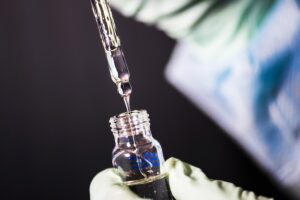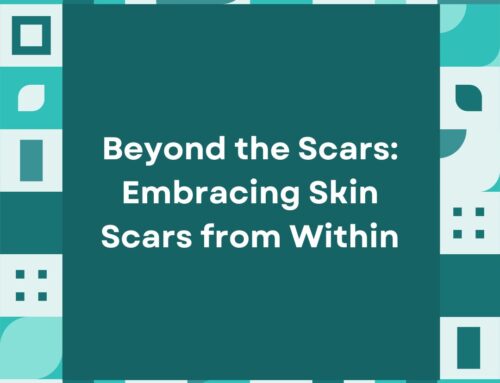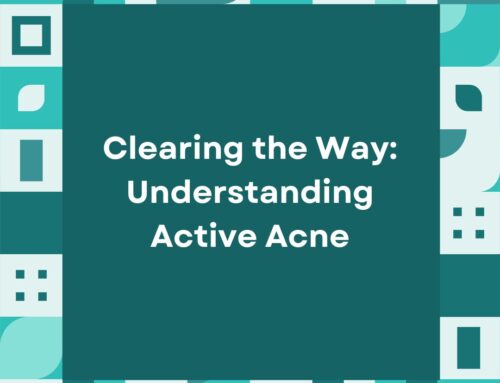Dermal fillers are gel-like synthetic substances that are injected beneath the skin to smoothen facial lines, restore lost volume, and improve facial definition. For decades, fillers have been used for these anti-aging purposes. However, more recently, more and more physicians are using fillers as another effective treatment modality for acne scarring.
What types of fillers are there?
Fillers come in all varieties. Their composition is the main determining factor for how long each type of filler lasts. Below is an overview of the different kinds of fillers and what to expect immediately after treatment and in the long-term.
Hyaluronic Acid (HA)
Hyaluronic acid is a short-lasting filler that provides immediate volume restoration to the treated areas. This filler mimics the naturally occurring HA in the skin, which has potent water-absorbing properties, contributing to a fuller appearance when injected. Additionally, collagen production also takes place over the next 12 to 18 months, thickening the skin in the process. HA is one of the safest types of fillers in the market, as it can be easily dissolved with hyaluronidase.
It is very temporary, however, which means that repeated injections are needed to maintain results.
Calcium Hydroxylapatite (CaHA)
Calcium hydroxylapatite is a short-lasting filler composed of CaHA microspheres. Upon entering the skin, the microspheres provide physical volume in the skin. Eventually, the microspheres are broken down into calcium and phosphate ions over time, after which collagen production is stimulated via fibroblasts. Degradation is usually complete within 1 year, making CaHA a very temporary filler, similar to HA.
However, there is no known enzyme or substance that can break down CaHA.
Poly-l-lactic acid (PLLA)
Poly-l-lactic acid is a semi-permanent filler that provides delayed improvement over time. It is composed of the same molecule, lactic acid, that causes the burning sensation in your muscles when you overexert yourself. When injected, PLLA is rapidly degraded in the skin over the course of several weeks. After that, the fibroblasts in the skin are activated to produce your body’s own source of collagen.
Several months are required before collagen production peaks in the skin. This is why PLLA is often touted as the most “natural” filler for people looking to obtain noticeable but not necessarily “eye-catching” results.
Polymethylmethacrylate (PMMA)
Polymethylmethacrylate is a permanent filler that works similarly to CaHA. It also comes in the form of microspheres suspended in a gel-like substance. The difference, however, is that the PMMA microspheres are much more resistant to degradation, lending to its long-lasting results (>5 years). PMMA is still a very popular option in aesthetic medicine, but many physicians shy away from it due to its permanent and nasty nature.
Which filler is best for acne scars?
Fillers tend to work best for patients with rolling scars. In terms of what kind of filler is most effective, there is no straightforward answer. Some questions to ask yourself would include:
- What filler will have the lowest risk of adverse reactions? PMMA tends to produce more side-effects due to its permanent nature.
- How should I balance between safety and longevity of results? For instance, HA is the safest type of filler but it lasts the shortest amount of time.
- Are my scars the right fit for fillers? It could be that your scars are primarily ice pick, which are the least responsive to fillers.

These are important questions to discuss with your physician before proceeding with treatment:
Do fillers enhance subcision results?
Fillers are commonly combined with subcision to produce synergistic results. With subcision, the scars are being “untethered” with the use of a hypodermic instrument. After the scar is lifted, the remaining gap in the skin can be infiltrated with fillers to prevent reattachment of the scar.
The science behind it is still uncertain. Although research shows that combined subcision and filler treatment leads to better results, this could be due to the volume-restoring effect of fillers and not to its ability to prevent retethering of scars. Also, researcher Aalami Harandi showed recently that suctioning can also improve subcision outcomes by preventing scar retethering, which is a much more economical alternative to filler injections.
Ultrasound for filler injections
Another common point of concern is the formation of bumps underneath the skin after filler injections. This is usually due to an excessive neocollagenesis response in the skin or simply due to the filler being injected too superficially in the skin.
There have been novel ultrasound technologies that enable physicians to visualize which layer of skin they are in when they inject the filler, optimizing precision and safety.
At the Scar Healing Institute, we have a special ultrasound device ourselves that enhances the visibility of needles under the skin to help us manipulate the device in the right dermal plane.
We would advise you to ask if your dermatologist offers ultrasound as an added safety measure for your treatment.
Final words…
Fillers are just one of many treatments out there that can help with your acne scars. They can be used in combination with other treatments, notably subcision, to provide amazing results, especially if you have tethered rolling scars. It is important to get a professional opinion about what the best treatment plan is for you based on your acne scarring profile. Talk to one of the dermatology skin specialists at Scar Healing Institute in Beverly Hills, California.
Schedule an Appointment
Scar Healing Institute
Scar Healing Institute is committed to developing the most effective treatments for scarring. Our team of scar revision specialists are continually inventing the latest technologies and formulas to deliver the best results for our patients.





Very interesting subject, thank you for posting.Raise your business